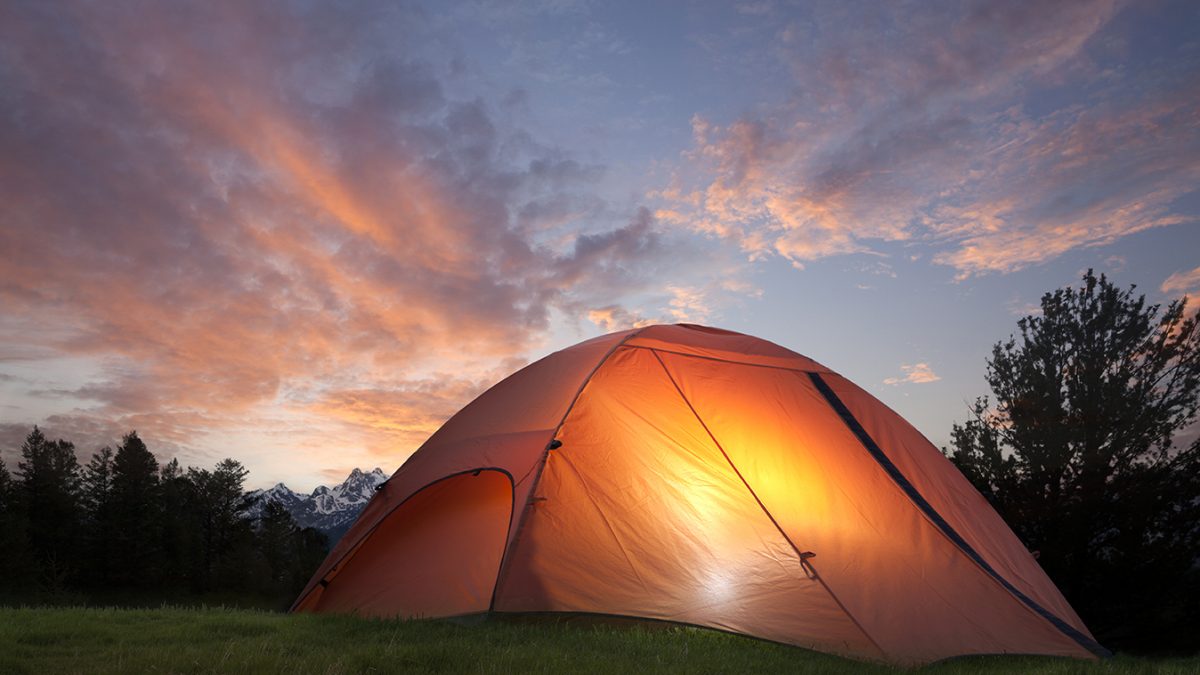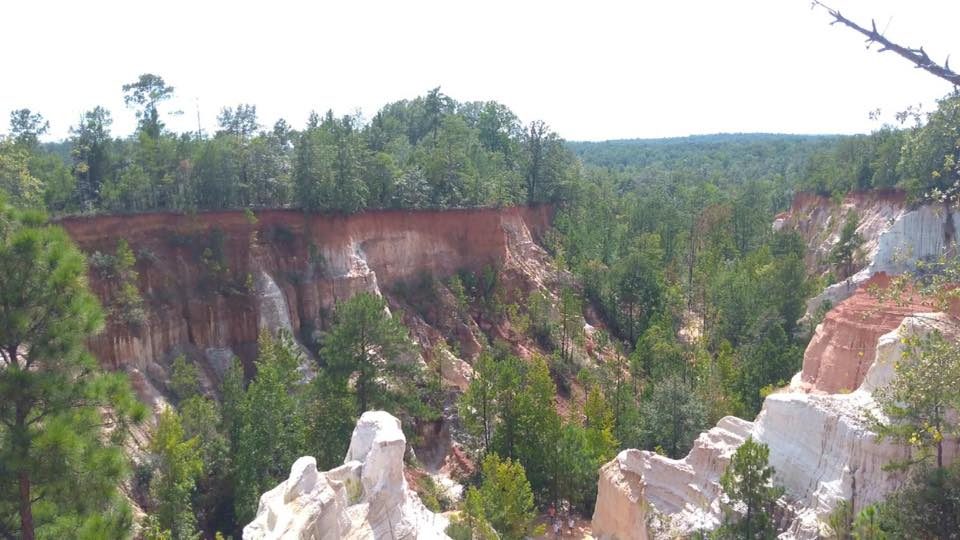Tent Basics for New Campers

Camping is the Reason
August 31, 2017
Providence Canyon State Park
September 4, 2017Your tent is a vital investment for safe and enjoyable camping. Without it, you are exposed to the elements. Without it you are without a place to store your gear in a dry and private location. A tent can provide an area warmer than the outside ambient temperature on winter days or a shady spot in the heat of the day. Are you starting to see why they are so important?
Tents come in a wide variety of shapes and sizes, here are just a few of the most common.
Ridge Tents: Think of an elongated Triangle and you have a Ridge Tent. Typically these have a pole at each end and a ridge line or pole along the top of the tent. These are very sturdy and come in a wide variety of sizes from single person to large event style tents.
Dome Tents: This is what most of us see in modern camp sites. They are dome shaped (thus the name) and supported by two to three flexible poles that run through pockets in the tent. They come in many sizes but are typically most stable in the 4-6 person configuration.
Geodesic and semi-geodesic Tents: These tents are similar to dome tents but made to be much more durable. The use a pattern of intersecting poles to enhance stability.
Inflatable Tents: Yes, inflatable tents. These are quick to setup but in many cases much heavier than standard dome tents of the same size. Flip on the inflator and your tent will be up in no time.
Instant Tents: Instant tents contain a series of very flexible metal rods that when properly folded, form into a small circular package. When the package is released, a tent pops up. These are usually best for short outings in mild climates.
Pod Tents: These modular systems allow for groups to easily erect and join tent segments into one large shared space. Some manufacturers build their segments to be used by itself but when a large group wants to have a more open living space a few of these units can be zipped together easily.
Tents also have seasonal ratings. Many are either two, three or four season rated. Two season tents are typically best for summer and more mild climate camping. Three season tents are good for Spring, Summer and Fall camping trips while four season tents can be used year round in non-arctic type conditions. If you are looking to camp in very cold conditions, Alaska or the Arctic for example, you will want to look into an Arctic rated tent. These are more heavily constructed tents that do not have vents or windows. Many even allow the use of small heater devices as long as they are kept away from the side walls or other fabrics.
While tents are water proof for the most part, they do require some maintenance to stay that way. Be sure to read the manufactures care instructions to see if you need to seal the seams of the tent on occasion and which products to use to do this. A couple of hours of preventative care will save you from a cold damp night in a leaky tent. Drying your tent before putting it up for storage will help keep it mold and mildew free. Closely inspecting the mesh netting after each trip will also help keep bugs out of the tent. Be sure to repair any holes or rips as quickly as you can. Keeping a repair kit on had is a great idea.
Regardless of the type of camping you are doing, take care of your equipment and it will take care of you.
Yours in Camping
JB



